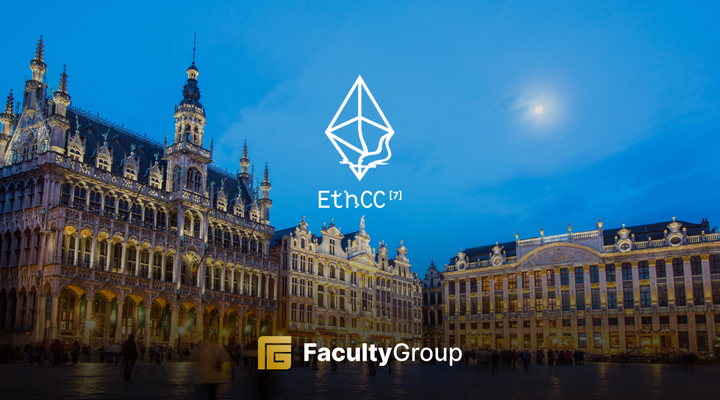Bitcoin Ordinals: Enter Composability

For years, Bitcoin evangelists foretold its emergence as the replacement for fiat money and the beginning of a new world order. It was heralded as ‘sound’ money or digital gold but has struggled to live up to the hype. Many Bitcoin maximalists will claim that the recent approval of Bitcoin ETFs marks the moment this once-alternative digital currency and payment network became mainstream.
Since their debut, the new U.S. Bitcoin ETFs have amassed $7.7 billion in funds under management, offsetting the $6 billion outflows from incumbents such as Grayscale’s Bitcoin Trust and asset fire sales by DCG and FTX’s administrators. However, we believe this is only the beginning of Bitcoin’s renaissance.
BRC-20 tokens and Ordinals were pivotal in making Bitcoin more accessible and fostering creativity in DeFi and NFTs, with Bitcoin users growing by 10.7 million in 2023.
Ordinals inscribe unique data onto individual satoshis, Bitcoin's smallest units. However, unlike an NFT, which utilises a decentralised file storage system, Ordinals are stored directly on-chain. The Taproot upgrade introduced in November 2021 made inscriptions possible.
The number and order of BTC Ordinals have been closely monitored, and there are some noteworthy collections and high-priced sales made so far. There are almost 60 million Ordinal inscriptions on the Bitcoin blockchain.
Source: Dune Analytics
Beyond Ordinals, there has also been an interest in BRC-20 tokens, which use ordinal inscriptions to enable the minting and transferring of fungible tokens on the Bitcoin blockchain. BRC-20 tokens are similar to the ERC-20 token standard on Ethereum and EVM networks. The community mints BRC-20 tokens, whereas Ordinal wallets can freely mint BRC-20 tokens once deployed. While still in the early stages, some platforms enable the decentralised minting and trading of BRC-20 tokens.
Despite having a less mature DeFi ecosystem than Ethereum, Bitcoin is making strides with technologies like the Lightning Network and Liquid Network. High transaction costs and regulatory compliance remain priorities for many developers on the network.
New BTC users and investors were partly driven by the hype cycles of Pepes (and other Ordinal meme coins) and Bitcoin ETFs but also by interesting projects actually ‘building’ on Bitcoin. For example:
- Elastos launched a marketplace for ‘Smart Inscriptions’ on Bitcoin. These “eScriptions” enable Layer 2 smart contract functionality on Bitcoin, making a Bitcoin Layer2 theoretically possible. Enter composability.
- Citrea is bringing zk-rollups to Bitcoin and aims to address security budget concerns and the lack of DeFi on the Bitcoin Network. Enter zk-scalability.
As Grayscale alludes to in their recent investment report, 2024 Halving: This Time It’s Actually Different, Bitcoin is not just surviving; it’s evolving. The advent of ordinal inscriptions has re-incentivised on-chain activity, with over 59 million Non-Fungible-Token-like (NFT) collectibles inscribed, generating upwards of $200 million in transaction fees for miners as of February 2024. This trend is expected to persist, bolstered by renewed developer interest and ongoing innovations on the Bitcoin network.
Although there are many example of irrational exuberance and meme coin mania, we believe that Bitcoin is ready for its own ‘DeFi’ summer in 2024, where BTC becomes the fuel for new products and services, rather than only a store of value. Moving beyond ‘bridging’ value cross-chain, we see Bitcoin step into its own as a settlement layer with innovative use cases and new products built on top of it.








